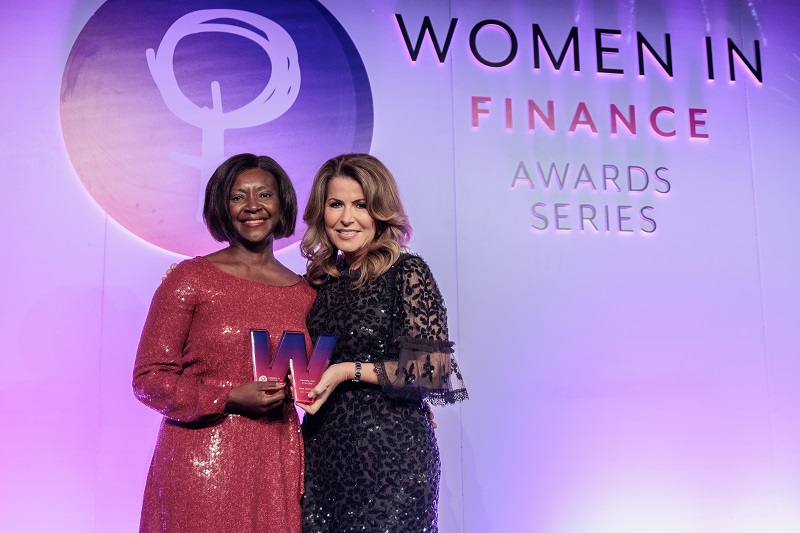One week in November is set aside each year for Anti-Bullying Week, but there is a constant stream of allegations against senior executives at big named companies including McDonald’s, Away, Adidas, and Google serving as a constant reminder that bad behaviour is an everyday occurrence.
Employee wellbeing has been a focus of 2020 as the pandemic flipped worker’s primary concerns from career progression goals to physical and mental security. So why, even within globally recognised brands, is there an ongoing problem with workplace bullying? Is it that bullying and harassment are not taken seriously, and what is the role of leadership in bringing about meaningful change?
The issue of commonplace bullying at work brings into question a company’s integrity. It increases the associated risks for organisations who may find themselves fighting legal battles and coming under greater scrutiny for compliance in other areas.
Where bullying or harassment flourish, you will likely find neglected safety protocols, careless use of protected data, and incidents of white-collar crime. In short, there’s no smoke without fire.
It is in the interests of employers and business leaders to implement effective anti-bullying strategies to not only protect their employees but to create mechanisms for checking the ethical health of the business which head off future lawsuits and prevent damages to reputation.
Leading by example?
Guidelines outlined on gov.uk suggest examples of bullying or harassing behaviour to include spreading malicious rumours, unfair treatment, picking on or regularly undermining someone or denying someone’s training or promotion opportunities.
Up to a fifth of employees feel under pressure to partake in compromising their organisation’s ethics standards, policies, or the law according to the Global Business Ethics Survey 2020. Research over the last year found that bullying (70%) and discrimination (54%) were reported as the most prominent types of misconduct in the workplace.
There’s a saying: “What is accepted becomes acceptable,” and a culture that tolerates workplace bullying then, is often the result of top-down pressure to produce results at any cost. But tolerance of toxic behaviour creates lasting damage and can set an ethical time-bomb that will undo any short-term gains from a high-pressure environment.
We have seen revelations about high-profile figures create waves across the globe that drove employees to activism – demanding change from the bottom-up in response to misconduct filtering through organisations from the top-down.
The anti-bullying agenda
Many businesses have made efforts to address the problem of workplace bullying by introducing solutions like anonymous hotlines operated by third parties or relying on reports to be escalated through line managers and the direct chain of command. These solutions fall short in many ways, not least because they fail to address any internal cultural issues that prevent employees from feeling safe to speak out about their experiences.
The biggest disincentives to reporting misconduct are fear of retaliation or an expectation of inaction. Systems that rely on escalation through management also ignore the challenge that someone in the chain may be the perpetrator, or, left to an individual manager a claim might not be properly escalated. With one-third of employees in the UK reporting being bullied in the workplace in the past three years (according to a 2020 survey by employment law specialists Kew Law), it’s time employers invested in solutions that actually work.
New challenges have arisen during the pandemic that have seen workplace bullying taking on a ’digital’ form as attendance at physical workplaces has been in decline. Government guidelines say workplace bullying can take place across different mediums (including face-to-face, by letter, by email, or phone) and UK law firm Shoosmiths reported that claims of cyberbullying have “increased substantially” since the onset of COVID-19. With primary communication having moved to digital channels such as Slack and Whatsapp, new strategies and technological solutions are needed to combat harassment, discrimination, and bullying.
This year’s global economic fallout following COVID-19 has demonstrated just how interconnected behavioural and financial risks can be, especially when it comes to the relationship between employee and employer. This isn’t just about how businesses treat their people in terms of health and safety but on matters of respect and decency profiled through social movements like Black Lives Matter.
According to a study by several universities in the United States, economic crises allow old biases to creep in and not only push ‘good’ initiatives like diversity and inclusion off the agenda but to increase injustice across the board. We have seen the pandemic have a disproportionate effect on women, in particular women of colour, who find themselves once more at the receiving end of unfair treatment in response to organisations tightening their belts.
In addition to the pressures created by economic turmoil, a recent report for the Woolf Institute revealed that the shift to remote working could also be a source of increasing racism and prejudice.
The realities of these knock-on effects of the pandemic speak to a wider responsibility of employers who need to work harder and smarter to listen to marginalised groups and employees where there is no office to support the exchange of values and ideas between colleagues. To top this all off, economic crises make many of us scared for our jobs; so we’re more deterred than ever from pushing back against toxic workplaces culture (and potentially suffering extreme consequences).
The carrot and the stick
When it comes to implementing an effective anti-bullying strategy, it’s important to recognise that there is both an incentive and a reward for doing so.
People want to live and work in a safe and healthy psychological environment, where they feel supported and that their experiences are taken into account. In parallel, customers want to buy from suppliers that reflect their own values and ethics.
A business that does good is good for business. So companies choosing to apply technological solutions – especially in the disparate environment of 2020 – find it easier to unlock a process where misconduct is more easily resolved than ever before. It is far easier to effectively review behavioural trends within the company and find appropriate solutions to address the problems creating a more trustworthy, more productive workplace.
There’s something of a misconception that by putting social and governance (even environmental) considerations on a par with making profits, a company cannot maximise its return to shareholders. But driving out toxic behaviour actually creates more financial stability by reducing the chances of employees seeking legal action.
Incoming legislation, such as that guided by the Equality and Human Rights Commission identifies “a lack of appropriate reporting procedures” as a key factor in the under-reporting of workplace harassment and pressures employers to provide employees with a safe and confidential mechanism for reporting misconduct in their workplace. The lawmakers have this problem in their sights.
By making the process of raising a concern easy, frictionless, and accessible, employees can submit reports without fear of repercussions. Companies get a head start on tackling the issue as a result. This relationship is enabled through the process of reinstating trust between the employee and employer directly, removing the need for mediators, third parties, and ideally, lawyers.

By Neta Meidav, Co-Founder & CEO, Vault Platform








